#order suliformes
Explore tagged Tumblr posts
Text

Cape Cormorant Phalacrocorax capensis Wild Coast Trail, Mlambomkulu River to Mfihlelo River, South Africa -31.43471659, 29.8090139501 by tonyrebelo
#birds#cormorants#cape cormorant#wild coast#ocean#south africa#south african birds#nature#suliformes#order suliformes#family phalacrocoracidae#phalacrocoracidae#stormy#m#u
27 notes
·
View notes
Text

2 notes
·
View notes
Text

Anhingas aka American Darters (Anhinga anhinga), L - male and R - female, in breeding plumage, family Anhingidae, order Suliformes, Southeastern U.S.
Also known as the Snake Bird and the Water Turkey.
photograph by Mark Thomas
1K notes
·
View notes
Text
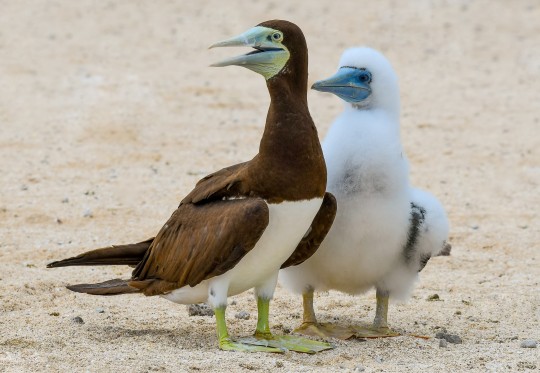
[1710/10977] Brown booby - Sula leucogaster
Order: Suliformes Family: Sulidae (gannets and boobys)
Photo credit: Terence Alexander via Macaulay Library
683 notes
·
View notes
Text
List of Birds organized by Order + locations:
Accipitriformes:
Bearded vulture
Cooper's hawk
Osprey
Red-shouldered hawk
Steller's sea eagle
Anseriformes:
Bar-headed goose
Barnacle goose
Black swan
Common merganser
Red-breasted goose
Snow goose
Trumpeter swan
Apodiformes:
Common swift
Ruby-throated hummingbird
Bucerotiformes:
Eurasian hoopoe
Cariamiformes:
Red-legged seriema
Casuariiformes:
Emu
Southern cassowary
Cathartiformes:
Black vulture
Turkey vulture
Charadriiformes:
American oystercatcher
Atlantic puffin
Black-headed gull
Black skimmer
Black-tailed godwit
European herring gull
Killdeer
Northern lapwing
Ruddy turnstone
Ciconiiformes:
White stork
Columbiformes:
Common wood pigeon
Eurasian collared dove
Luzon bleeding-heart
Nicobar pigeon
Victoria crowned pigeon
Coraciiformes:
Blue-capped kingfisher
Common kingfisher
Cuculiformes:
Asian koel
Greater roadrunner
Yellow-billed cuckoo
Eurypygiformes:
Kagu
Falconiformes:
American kestrel
Common kestrel
Galliformes:
Palawan peacock-pheasant
Western capercaillie
Gaviiformes:
Common loon
Gruiformes:
American coot
Australasian swamphen/pūkeko
Blue crane
Common moorhen
Sandhill crane
Sora
Whooping crane
Passeriformes:
American bushtit
American robin
Australian raven
Baltimore oriole
Barn swallow
Black-billed magpie
Black-capped chickadee
Black-throated sparrow
Blue-headed vireo
Blue jay
Bluethroat
Brown thrasher
California towhee
Canada warbler
Canyon wren
Cedar waxwing
Common blackbird
Common chlorospingus
Common raven
Eastern wood pewee
Eurasian blue tit
Eurasian bullfinch
Eurasian golden oriole
Eurasian jay
Eurasian magpie
European robin
Goldcrest
Great-tailed grackle
Great tit
Hooded crow
House sparrow
Indigo bunting
Kirtland's warbler
LeConte's sparrow
Long-tailed tit
Mexican jay
Painted bunting
Phainopepla
Pine siskin
Pin-tailed whydah
Pinyon jay
Pygmy nuthatch
Red winged blackbird
Rook
Saltmarsh sparrow
Satin bowerbird
Spotted towhee
Steller's jay
Tufted titmouse
Wallcreeper
Warbling vireo
Western tanager
White-breasted nuthatch
White-throated dipper
White-throated magpie-jay
Yellow-rumped warbler
Pelecaniformes:
Brown pelican
Great blue heron
Great egret
Great white pelican
Least bittern
Roseate spoonbill
Shoebill stork
Snowy egret
Phoenicopteriformes:
American flamingo
Chilean flamingo
Piciformes:
Acorn woodpecker
Clark's nutcracker
Lewis's woodpecker
Northern flicker
Pileated woodpecker
Red-bellied woodpecker
Red-headed woodpecker
Podargiformes:
Tawny frogmouth
Podicipediformes:
Pied-billed grebe
Procellariiformes:
Wilson's storm-petrel
Psittaciformes:
Australian king parrot
Chestnut-fronted macaw
Citron-crested cockatoo
Cockatiel
Galah
Gang-gang cockatoo
Pacific parrotlet
Rose-ringed parakeet
Sulphur-crested cockatoo
Strigiformes:
Barn owl
Barred owl
Suliformes:
Anhinga
Blue-footed booby
Double-crested cormorant
Trogoniformes:
Elegant trogon
Locations:
Africa
America
Antarctica
Asia
Australia
Central America
Eurasia
Europe
North America
Oceania
South America
7 notes
·
View notes
Text
Sorry, I probably should have clarified this earlier: For the Shorebirds bracket, I will only be counting birds in the order Charadriiformes as shorebirds, just to keep things straightforward. For those of you who submitted other cool birds that frequent the shore, worry not! Cormorants will be in the Suliformes bracket and spoonbills in the Pelecaniformes bracket.
15 notes
·
View notes
Text
bird blog of @leopardsealz! if i disappear on my main, i'm probably here. i have a bug sideblog @eyed-hawkmoth
i'm from ireland and am very autistic about birds <3 on this account i only follow blogs that mostly post about birds so no hard feelings if i don't follow you back!!
birds are tagged by order, family, genus & species (common name)!
other tags are:
contact call: text post
flight call: answered ask
display flight: my photography
bird art: self explanatory
vulture culture: taxidermy, bones
birdposting: un-queued reblogs (polls, memes etc)
bird meme: my poorly edited bird memes <3
if i like your post i have added it to my queue, which is set to post 10 times a day. i won't like posts without queueing them (with very few exceptions)
feel free to send asks about birds! my favourite birds include tubenoses, skuas, gulls, suliformes, peregrines, lammergeiers, harriers, haliaeetus eagles & western capercaillies! shoutout to buteo hawks, anseriformes, golden eagles, ospreys, verreaux's eagles, common cuckoos, peafowl, ardeidae, kingfishers, woodpeckers, macaws, spotted flycatchers, eurasian skylarks, warblers, thrushes & paridae too
no discourse blogs, proshippers, exclusionists or zionists please


12 notes
·
View notes
Text
nav // tag guide for app part 2
PART 1 HERE
Animals:
#birds (sorted by order) : #raptors (#strigiformes, #falconiformes, #accipitriformes, #swoop), #eurypygiformes, #pelecaniformes, #suliformes, #ciconiiformes, #gruiformes, #anseriformes, #charadriiformes, #columbiformes, #passeriformes (#goldfinches, #corvids > #pica), #caprimulgiformes #mammals : #carnivora (#canids > #sighthounds, #felids > (#tigers, #lions, #pumas, #domestic cats), #ursids, #mustelids), #rodents (#lagomorphs, #murids), #ungulates (#cervids, #equids > #unicorns, #suids, #bovids > #ovines) #invertebrates (mostly sorted by order) : #insects (#mantodea, #phasmatodea, #orthoptera, #hymenoptera, #odonata, #lepidoptera > #moths > (#sphingidae, #saturniidae), #coleoptera, #cicadoidea, #diptera), #gastropods, #myriapods, #isopods, #cephalopods > #nautilus, #crustaceans, #arachnids, #medusoids other : #aquatic (#fish > #sharks, #marine mammals), #reptiles > #snakes, #amphibians > #anura, #paleo
Implementing (in progress): , #landscapes, #seascapes, #skyscapes, #snowscapes, #paintings
#so... turns out tumblr has a limit for how many links you can put in a post#so this will be for the second half of my tag guide#and I'll link it in the main one#nav
0 notes
Text
yippee

Queen Anhinga - anhinga (aka anhinga anhinga, aka snake bird, aka darter, aka american darter, aka water turkey)
order: suliformes
family: anhingidae

Aphid - milkweed aphid (aka oleander aphid, aka sweet pepper aphid, aka nerium aphid, aka aphis nerii)
order: hemiptera
family: aphididae
Prince Arctic - i actually didnt base him off anything, but he dose have a forked tongue, quills, antlers and hooves if that matters to yall

Argus - meadow argus butterfly (aka aricia agestis, aka albins hampstead eye (UK))
order: lepidoptera
family: nymphalidae
Arid- didnt base them off of anything either, just a typical SandWing, except that they dont have black markings around their eyes like the regular SandWing

Armadillo - southern three banded armadillo (aka la plata three banded armadillo, aka azaras domed armadillo, aka tolypeutes matacus)
order: cingulata
family: chlamyphoridae

Ash - ash tree (aka fraxinus ornus)
i am unsure of which specific species of ash tree that Ash is based off of, i do not have the original image to compare)
order: lamiales
family: oleaceae
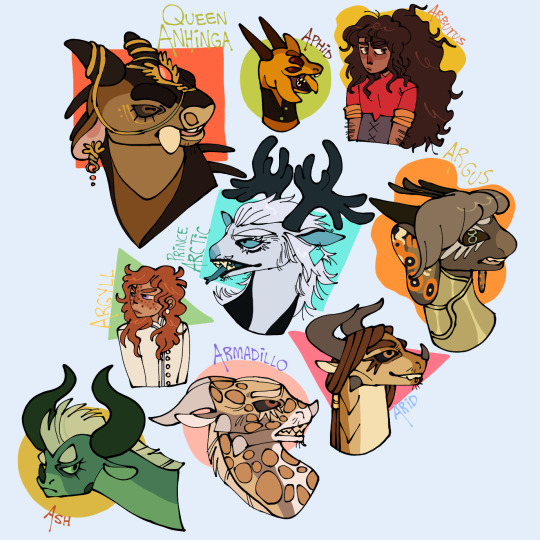
GRRRRAAHAHAHH PART TWO BITCHES
2/???
prev next
105 notes
·
View notes
Text
Animal Crossing Fish - Explained #137
Brought to you by a marine biologist and some very nice waddle-babies...
CLICK HERE FOR THE AC FISH EXPLAINED MASTERPOST!
So, I covered sea birds in general when I spoke about Gulliver/Gullivarrr. They are a fascinating group of birds that have members in the following Orders: Procellariiformes (albatross, petrels, and friends), Pelecaniformes (pelicans), Suliformes (gannets, cormorants, and friends), Phaethontiformes (the tropicbirds), and very specific families within Charadriiformes, such as the gulls of Laridae.
All of them make the ocean their home, flying over the vast seas, using their very acute senses of sight and smell to find meals in the endless blue. They all, can drink saltwater safely, all of them finding some way to get water in their very salty habitat through convergent evolution. Many of them are great swimmers as well, diving to depth to catch a meal. Then there are penguins, in Order Sphenisciformes, who take the sea bird life and take it many, many steps further.

The penguin villagers are frickin’ adorable. There are 13 of them in the game, many of which don’t represent any particular penguin species, although Tex is definitely an African Penguin (Spheniscus demersus), while Hopper is some kind of crested penguin in genus Eudyptes.

By Thomas Mattern - en:Image:SnaresPenguin (Mattern) large.jpg, CC BY 2.5, https://commons.wikimedia.org/w/index.php?curid=2427527
Anyway, yeah, penguins take living at sea to the extreme. Unlike all other sea birds that fly over the oceans, penguins gave up flying completely. They are totally flightless, adapting their wings into flippers for swimming. Like other water-bound birds, you’ll notice their legs are situated very far back on their bodies, giving them a more stream-lined shape. This helps in swimming, but it’s kind of a bitch on land, so you’ll notice most water birds and water fowl, like ducks, waddle awkwardly. In the water, they’re graceful af, though. Gentoo penguins are the fastest swimming bird, reaching speeds of 22 mph (36 kph) and the emperor penguin is the deepest diving bird, diving to depths of 1800 feet (550 m) to find food. They are mostly all small-fish eaters, pursuing their prey underwater. Unfortunately, penguins have many predators of their own, including sea lions, fur seals, leopard seals, orcas, and sharks. Being vigilante often means that penguins only enter the water to feed and avoid it otherwise. However, young penguins can be taken by land-based predators, too, as well as other seabirds, like skuas.

The ocean is a pretty cold place and water generally saps warmth. Penguins are very insulated against the cold with thick feathers designed to trap warm air against the body, with Antarctic species, like the emperor, having thick layers of fat to keep even more toasty. But, please note! NOT ALL PENGUINS LIVE AT THE POLE. In fact, most species live in temperate climates along the shores of New Zealand and Africa. Penguins also ONLY occur in the Southern Hemisphere - you will never see a penguin in the Arctic! (So, all of those Coca Cola commercials of Polar Bears and Penguins sharing a coke? INACCURATE. I demand more ecologically accurate advertising gdi...it does actually irk me lmao)
And there you have it. Fascinating stuff, no?
#penguins#birds#animal crossing#animal crossing new horizons#marine biology#science in video games#animal crossing fish explained
10 notes
·
View notes
Text
Pre-Semifinals
Round 3 has come to a close, bringing us to 4 remaining competitors:

It is worth noting that the falconiformes v. suliformes race was extremely close, ending with the falcons only having a 2% lead.
Semifinals voting will begin Sunday, 2/19 at 12 am.
Matchups are:
Columbiformes v. Falconiformes
Apodiformes v. Charadriformes
#the great bird order bracket#orinthology#birdblr#tip: i am so fucking mad suliformes got eliminated#they're so fucking cool and get no recognition no respect#i might add them to the loser's bracket since it was such a close race
1 note
·
View note
Text

Oriental Darter (Anhinga melanogaster), family Anhingidae, order Suliformes, India
Darters, along with Gannets and Cormorants, were once included in the order Pelicaniformes, but many ornithologists have now separated these bird groups out into the order Suliformes.
photograph by Devadatha Kumar SR
565 notes
·
View notes
Text
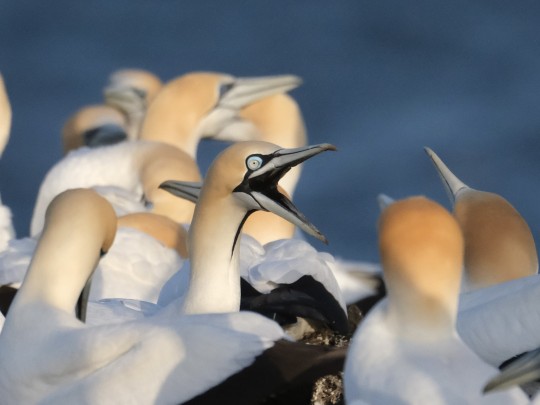
[2043/11056] Cape gannet - Morus capensis
Order: Suliformes Family: Sulidae (gannets and boobys) Genus: Morus (gannets)
Photo credit: Gareth Pellas via Macaulay Library
422 notes
·
View notes
Text


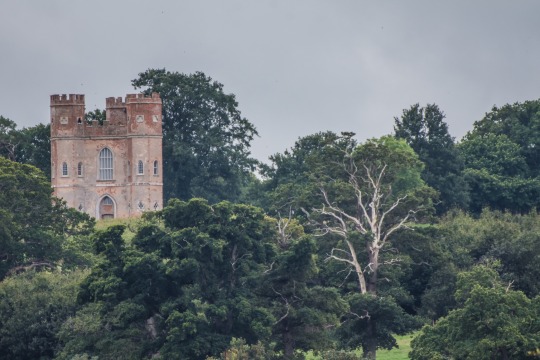
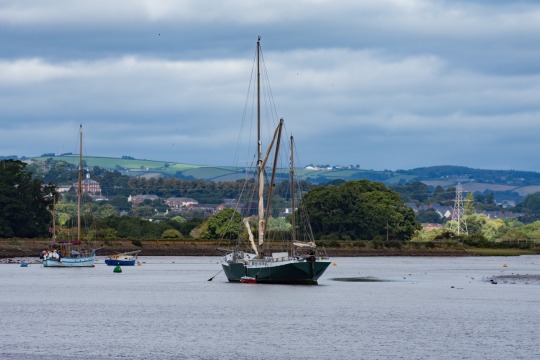
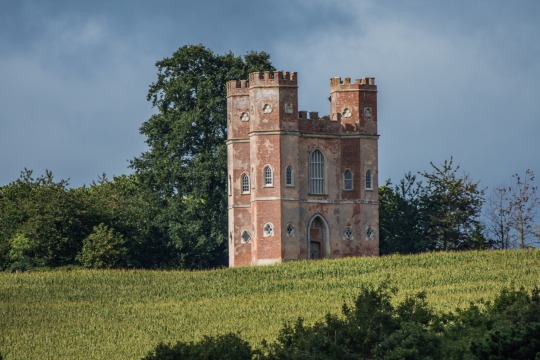


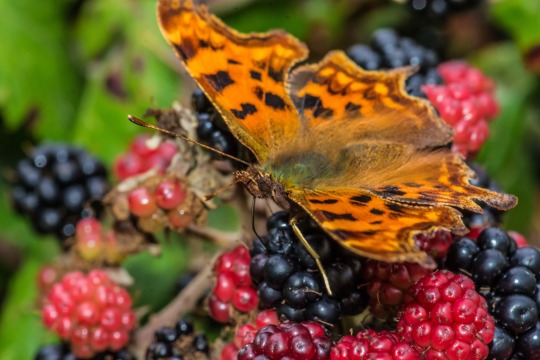
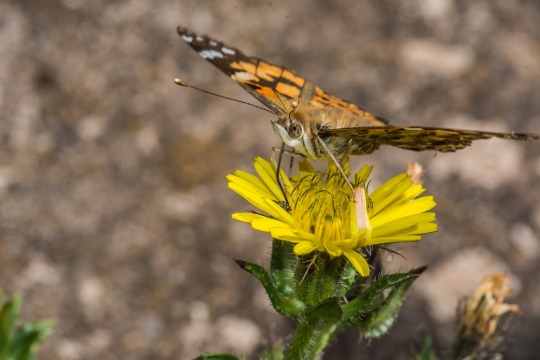

A lovely walk around The Exe Estuary yesterday with my family to see what wildlife we could spot 😃🔭📷 - Exe Estuary, Devon. 🌊 🏝 ☁️ 🏰 🦅
Powderham Belvedere Tower 🏰
The Belvedere is a Grade II* listed building in Powderham, Devon, England.
Exe Estuary 🌊
The Exe estuary is an estuary on the south coast of Devon, England. The estuary starts just to the south of the city of Exeter, and extends south for approximately eight miles to meet the English Channel.
Powderham Church ⛪
St. Clement’s, Powderham is a beautiful old church on the Exe Estuary, adjacent to the grounds of Powderham Castle.
Great Cormorant
The great cormorant, known as the great black cormorant across the Northern Hemisphere, the black cormorant in Australia, the large cormorant in India and the black shag further south in New Zealand, is a widespread member of the cormorant family of seabirds.
Mass: 2.6 – 3.7 kg Encyclopedia of Life
Order: Suliformes
Family: Phalacrocoracidae
Scientific name: Phalacrocorax carbo
Comma (Polygonia c-album)
Polygonia c-album, the comma, is a food generalist butterfly species belonging to the family Nymphalidae. The angular notches on the edges of the forewings are characteristic of the genus Polygonia, which is why species in the genus are commonly referred to as anglewing butterflies.
Scientific name: Polygonia c-album
Rank: Species
Higher classification: Commas
Family: Nymphalidae
Class: Insecta
Painted Lady (Vanessa cardui)
Vanessa cardui is a well-known colourful butterfly, known as the painted lady, or formerly in North America as the cosmopolitan.
Lifespan: 12 months (From egg to death, In the wild)
Scientific name: Vanessa cardui
Wingspan: 4 – 7.3 cm (Large Adult)
Rank: Species
Higher classification: Painted ladies
Pied Wagtail (Motacilla alba)
The pied wagtail is a small passerine bird in the family Motacillidae, which also includes pipits and longclaws. The species breeds in much of Europe and Asia and parts of North Africa. It has a toehold in Alaska as a scarce breeder. It is resident in the mildest parts of its range, but otherwise migrates to Africa.
Scientific name: Motacilla alba
Mass: 24 g
Kingdom: Animalia
Family: Motacillidae
Conservation status: Least Concern (Population stable)
#walking#walk#estuary#beach#sky#clouds#nature#wildlife#boats#village#landscape#seascape#sea#exe estuary#devon#southwest#river#exmouth#turf locks#river exe#birds#bird#butterflies#butterfly#insects#insect#nature photography#original photographers#photographers on tumblr#wildlife photography
16 notes
·
View notes
Photo

Petrel Cormorant
Kingdom: Animalia
Phylum: Chordata
Class: Aves
Order: Suliformes
Family: Phalacrocoracidae
Genus: Nihongornis
Species: N. macrorhynchus (”large-beaked Japanese bird”)
Ancestral species: Microcarbo melanoleucos x Microcarbo pygmaeus (Little pied cormorant x Pygmy cormorant)
Time period: late Nyctocene to early Solocene (102 million years to 117 million years in the future).
Information: a cormorant with a wingspan of 22 feet, the Petrel Cormorant is largest-known flying bird of its time. Found primarily in the circumpolar regions of the world, but also having nesting colonies in other regions of the world, the Petrel Cormorant is predominantly a piscivore, plucking fish off from the sky. However, its sharp claws also serve another purpose: they help aid it in hunting terrestrial prey. The Petrel Cormorant will hunt the chicks of other birds, small mammals, and reptiles, and will also scavenge on whatever carrion it can find and will eat the eggs of other animals. Unlike other cormorants, it lacks webbed toes. They can stay airborne for extended periods of time, sometimes not needing to land for several weeks on end. Their feathers are white, with black tips on the wing and tail feathers. Their bare heads are black and their feet are yellow with tan-colored claws. Their eyes are blue, and the tips of their beaks are red while the rest of the beak is yellow. During the mating season, the tip of the beak becomes slightly more orange in color with the rest of the beak becomes lime green, and the head develops a light blue hue. Petrel Cormorants are primarily-solitary animals, but come together to breed. The female lay a clutch of 2-3 eggs. However, normally, one chick, usually the largest one, will be given priority over the others by the mother, often to the point where the others die of starvation or are killed by the largest chick. It is a cruel world for a young Petrel Cormorant...
0 notes
Text
The Uropygial Gland
The contour feathers of a bird are comprised of a calamus (quill), a rachis (central shaft), and barbs (the actual feather material) (Proctor and Lynch 1993). The barbs extending from the rachis are interlocked by barbules. There are 2 types of barbules: proximal which have latches and distal with hooks attaching one another (Zentner 2008). The lattice system formed provides structure but leaves tiny airspaces between barbules (IMG 1). The way birds compensate for these air spaces is not further flight energy expenditure, but the uropygial gland (Butler 2015) (IMG2).

(IMG1: Air spaces within barbules.)

(IMG2: Uropygial gland)
The uropygial gland is one of the most important sebaceous glands in birds and is often referred to as the preening gland. If you watch almost any bird for 20 minutes, I’d be impressed if you did not see it preen. The preening behavior has a few functions, the most important of which involves squeezing the uropygial gland to extract a waxy oil coating. After extracting the oils the bird runs its beak across it’s feathers covering those air spaces with the wax (Proctor and Lynch 1998).
Some birds like in the order suliformes have highly underdeveloped uropgyial glands. The double crested cormorant (Phalacrocorax auritus) have a good reason for their famous sunning pose (IMG3). The waxy oil secreted by the uropygial gland keeps birds water proof and somewhat buoyant. The underdeveloped uropygial gland in the double crested cormorant insures the bird can drive under water efficiently - this however means his waxy feather coat is lacking and must then dry its feathers off.

(IMG3: Cormorant sunning)
.
.
Butler, L. K. 2015. Comparative analysis points to functionally significant variation in wing feather structure among a large and diverse sample of modern birds. Functional Ecology 29: 737-738.
Proctor, N. S., P. J. Lynch. 1998. Manual of ornithology: avian structure and function. Yale University Press, New Haven, CT, USA.
Zentner, J. 2008. The function of feathers. Outdoor California 69: 16-23.
IMG1: http://www.bcmgreenthreads.org/tag/feathers/
IMG2: http://www.pbase.com/james_lowen/image/92872456
IMG3: http://www.audubon.org/field-guide/bird/double-crested-cormorant
28 notes
·
View notes